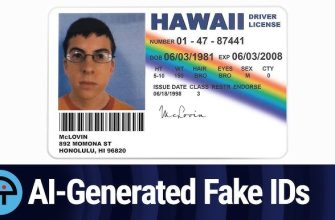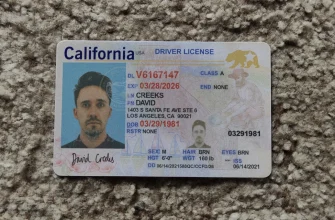The advent of social media has revolutionized the way we connect, share, and engage with the world. However, along with the myriad benefits comes the looming threat of cyber fraud, particularly in the form of fake documents circulated on these platforms. This article explores the risks associated with fake documents on social media and provides actionable tips on how to avoid falling victim to cyber fraud.
- Understanding the Threat:a. Identity Theft: Fake documents on social media can be used to perpetrate identity theft. Cybercriminals may create counterfeit profiles or use forged documents to impersonate individuals, gaining unauthorized access to personal information and accounts.b. Phishing Scams: Social media platforms are fertile grounds for phishing scams involving fake documents. Fraudsters often employ deceptive tactics, such as sending links to forged websites or documents, tricking users into providing sensitive information.c. Financial Fraud: Fake documents play a role in financial fraud schemes on social media. Counterfeit invoices, receipts, or financial statements may be used to deceive users into making unauthorized transactions or revealing financial details.d. Malware Distribution: Cybercriminals may embed malicious software within fake documents shared on social media. Opening such files can lead to the installation of malware on users’ devices, compromising personal and sensitive information.
- Tips to Avoid Cyber Fraud:a. Verify Profiles: Before engaging with any profile on social media, verify its authenticity. Look for verification badges, check for a substantial history of posts, and examine the user’s connections. Report suspicious accounts to the platform.b. Be Wary of Unsolicited Messages: Exercise caution when receiving unsolicited messages, especially those containing links or attachments. Avoid clicking on suspicious links or downloading documents from unknown sources.c. Enable Two-Factor Authentication (2FA): Enhance the security of your social media accounts by enabling two-factor authentication. This adds an extra layer of protection, requiring a second form of verification in addition to your password.d. Educate Yourself About Scams: Stay informed about the latest scams and phishing techniques prevalent on social media. Awareness is a powerful tool in recognizing and avoiding fraudulent activities.e. Check URLs and Domains: Verify the legitimacy of links shared on social media. Hover over URLs to preview the destination, and ensure that they lead to reputable websites. Be cautious of shortened URLs, as they can hide malicious destinations.f. Report Suspicious Activity: If you come across accounts or content that appears to involve fake documents or fraudulent activities, report it to the social media platform. Reporting helps the platform take appropriate action to address the issue.g. Regularly Update Security Software: Keep your devices protected by regularly updating security software and antivirus programs. This helps safeguard against malware that may be distributed through fake documents.h. Limit Personal Information Sharing: Be cautious about the amount of personal information you share on social media. Restrict access to sensitive details and review privacy settings to control who can view your information.i. Verify Financial Transactions: Double-check the authenticity of any financial transactions initiated or requested through social media. Verify the legitimacy of invoices or payment requests before taking any action.
- Social Media Platform Security Features:a. Use Privacy Settings: Leverage the privacy settings offered by social media platforms to control who can see your information and interact with you.b. Check for Account Activity Alerts: Enable account activity alerts provided by social media platforms. These notifications can alert you to any suspicious login attempts or changes to your account.c. Regularly Review Connected Apps: Periodically review and revoke access for third-party apps connected to your social media accounts. Unauthorized apps may pose security risks.
While social media offers unprecedented opportunities for connectivity and information sharing, it also exposes users to the risks of cyber fraud through fake documents. By staying vigilant, employing security measures, and educating oneself about potential threats, individuals can navigate social media safely and protect themselves from falling victim to cybercriminal activities. Social media platforms also play a crucial role in addressing these challenges by implementing robust security features and responding promptly to reports of fraudulent activity, creating a safer online environment for users worldwide.




